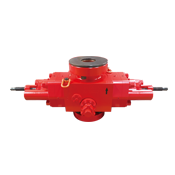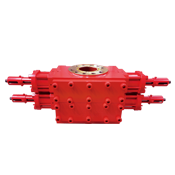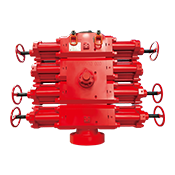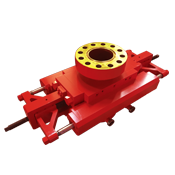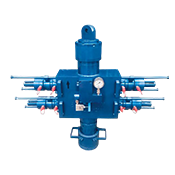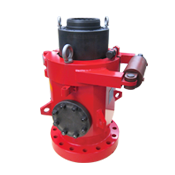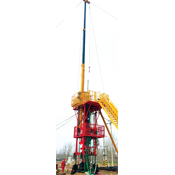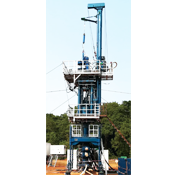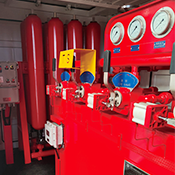Identifying the Best Passive Rotary Blowout Preventer for Your Equipment
2024-11-17
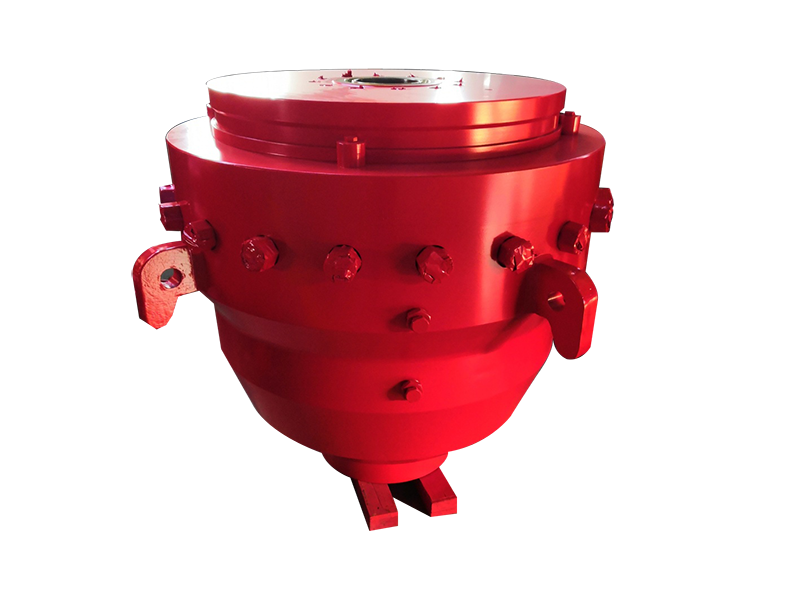
Identifying the Best Passive Rotary Blowout Preventer for Your Equipment
In the dynamic world of agricultural machinery and operations, ensuring safety and efficiency is paramount. One crucial component that plays a vital role in maintaining these standards is the **passive rotary blowout preventer (BOP)**. In this guide, we will explore how to identify the best passive rotary blowout preventer for your equipment, focusing on its importance, features, and the factors you must consider to make an informed decision.
Table of Contents
1. Understanding Passive Rotary Blowout Preventers
2. Why You Need a Reliable Blowout Preventer
3. Key Features of Passive Rotary Blowout Preventers
4. Types of Passive Rotary Blowout Preventers
5. Factors to Consider When Choosing a Passive Rotary Blowout Preventer
6. Top Brands Offering Passive Rotary Blowout Preventers
7. Maintenance Tips for Your Blowout Preventer
8. Frequently Asked Questions (FAQs)
9. Conclusion
1. Understanding Passive Rotary Blowout Preventers
A **passive rotary blowout preventer** is a critical safety device used in the drilling process to prevent uncontrolled release of fluids and gases. Unlike active systems that require manual intervention, passive systems are designed to operate automatically under specific conditions, reducing the risk of human error. Understanding how these devices function can help operators appreciate their importance in the agricultural machinery landscape.
2. Why You Need a Reliable Blowout Preventer
The primary purpose of a rotary blowout preventer is to maintain well control during drilling operations. A blowout, which is an uncontrolled release of fluids or gases from a well, poses significant safety risks. By investing in a reliable passive rotary blowout preventer, operators can ensure:
- Enhanced **safety** for personnel and equipment
- Improved **operational efficiency**
- Reduced risk of **environmental damage**
Failure to utilize an appropriate blowout preventer can lead to disastrous consequences, making it an essential component of agricultural machinery and operations.
3. Key Features of Passive Rotary Blowout Preventers
When evaluating a passive rotary blowout preventer, several key features should be taken into account:
Durability
A quality blowout preventer must withstand harsh operating conditions, including extreme temperatures and pressures. Look for materials that offer corrosion resistance and long-term reliability.
Automatic Operation
The effectiveness of a passive BOP lies in its automatic functionality. It should activate without requiring manual input when predetermined pressure levels are reached.
Compatibility
Ensure that the blowout preventer is compatible with your specific agricultural equipment. Proper fitting is essential to ensure optimal performance.
Size and Weight
Consider the size and weight of the blowout preventer. It should fit comfortably within your equipment's design constraints without adding undue weight.
Ease of Maintenance
Choose a blowout preventer that allows for straightforward maintenance and inspection processes. This ensures that operators can quickly assess the device's functionality.
4. Types of Passive Rotary Blowout Preventers
Passive rotary blowout preventers come in various types, each suited for different applications. Understanding these types can help you select the best option for your needs:
Annular Blowout Preventers
These BOPs are designed to seal around the drill pipe and can accommodate various pipe sizes. They are known for their versatility and effectiveness in preventing blowouts.
Ram Blowout Preventers
Ram BOPs use two opposing rams to seal the wellbore. They are typically more robust than annular BOPs and are ideal for high-pressure applications.
Dual-Preventer Systems
These systems combine annular and ram blowout preventers for redundancy. They offer an extra layer of safety, making them suitable for critical operations.
5. Factors to Consider When Choosing a Passive Rotary Blowout Preventer
Selecting the right passive rotary blowout preventer involves evaluating various factors. Here are the most critical aspects to consider:
Application Requirements
Determine the specific needs of your operation. Different types of BOPs are suitable for different drilling conditions.
Regulatory Compliance
Ensure that the blowout preventer meets all relevant industry standards and regulations. Compliance is crucial for safe operations.
Budget Constraints
While it's essential to invest in quality equipment, set a budget that allows you to purchase a reliable blowout preventer without overspending.
Manufacturer Reputation
Research manufacturers and their reputations in the industry. Look for companies known for quality and reliability in their products.
6. Top Brands Offering Passive Rotary Blowout Preventers
Several reputable brands manufacture passive rotary blowout preventers. Some top choices include:
Baker Hughes
Baker Hughes offers a wide range of blowout preventers known for their durability and reliability, making them a preferred choice in many industries.
Cameron
A leader in pressure control technology, Cameron’s blowout preventers are designed for both surface and subsea applications, providing exceptional safety and performance.
National Oilwell Varco (NOV)
NOV is renowned for its innovative solutions in drilling equipment, including passive rotary blowout preventers that meet stringent safety standards.
7. Maintenance Tips for Your Blowout Preventer
Proper maintenance of your passive rotary blowout preventer is essential for ensuring its longevity and effectiveness. Here are some maintenance tips to keep in mind:
Regular Inspections
Conduct routine inspections to identify any wear and tear or signs of potential failure. Catching issues early can prevent costly repairs.
Lubrication
Keep all moving parts properly lubricated to prevent friction and ensure smooth operation.
Pressure Testing
Perform regular pressure tests to verify that the blowout preventer is functioning properly and can withstand the required pressures.
Documentation
Maintain clear records of all maintenance activities, inspections, and repairs to track the performance and condition of the blowout preventer over time.
8. Frequently Asked Questions (FAQs)
What is the primary function of a passive rotary blowout preventer?
A passive rotary blowout preventer controls well pressure to prevent blowouts during drilling operations by automatically sealing the wellbore when pressure exceeds safe limits.
How do I know which type of blowout preventer is right for my equipment?
Consider the specific drilling conditions and requirements of your operation. Consult with manufacturers and industry experts to choose the best type.
Are passive rotary blowout preventers expensive to maintain?
While the initial investment can be significant, proper maintenance can minimize long-term costs and ensure safety, making them cost-effective in the long run.
What regulatory standards apply to blowout preventers?
Blowout preventers must comply with various industry regulations, including those set by the American Petroleum Institute (API) and local safety agencies.
Can I install a blowout preventer myself?
Installation should typically be performed by trained professionals to ensure proper fitting and functionality, as incorrect installation can lead to safety risks.
9. Conclusion
Selecting the best passive rotary blowout preventer for your agricultural equipment involves a careful evaluation of various features, types, and brands. By understanding the importance of this safety device, considering the factors that influence your choice, and adhering to maintenance best practices, you can enhance the safety and efficiency of your operations. Investing in a reliable blowout preventer not only protects your equipment but also ensures the safety of your personnel and the environment, making it a crucial component of modern agricultural machinery.
Related News
Contact Us
Mailbox:
tiehu@tiehupetro.com
Telephone:
86-317-2616808
Address:
Yanling Industrial Zone, Renqiu City, Cangzhou City, Hebei Province, China

